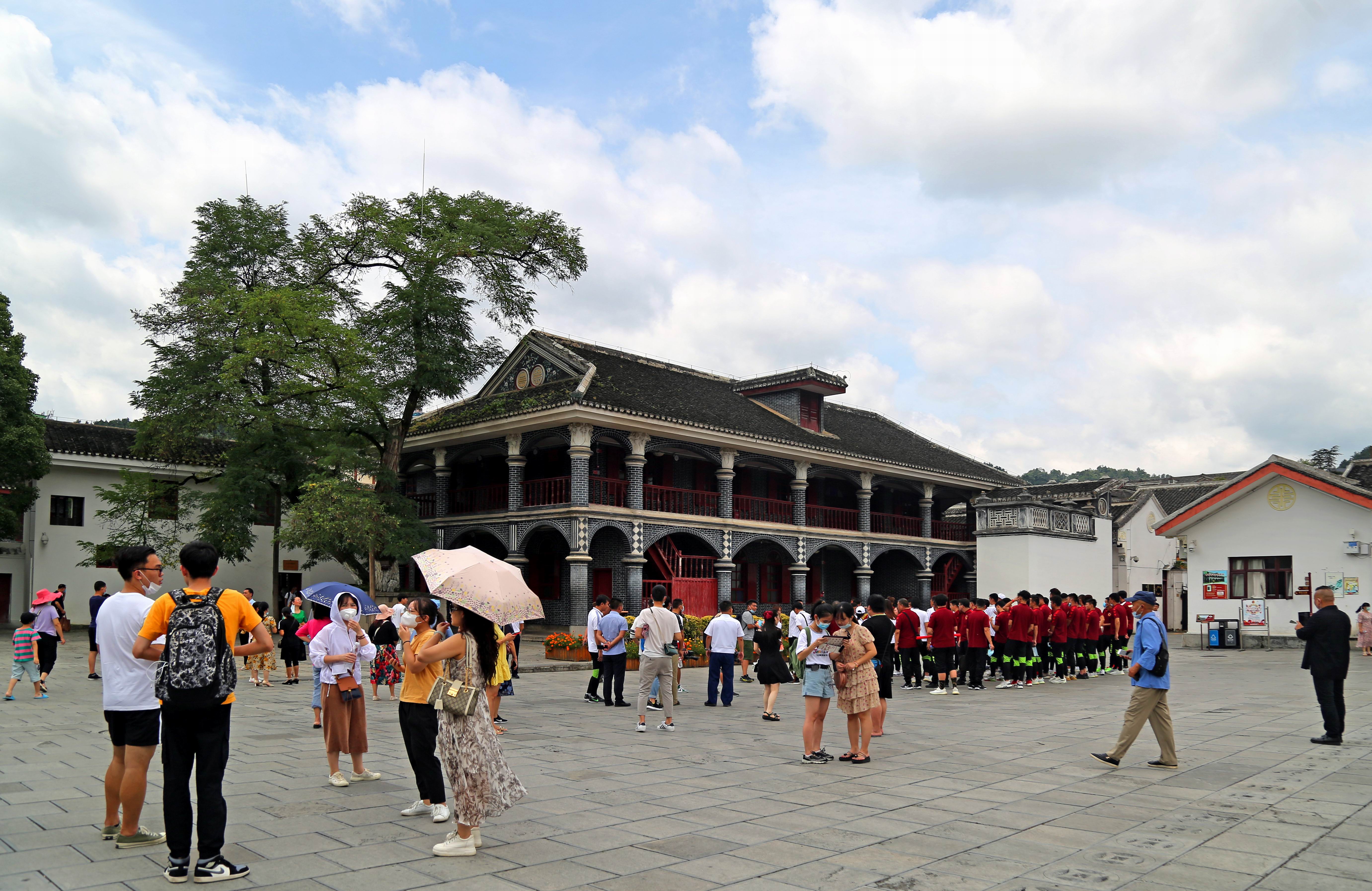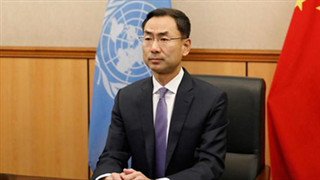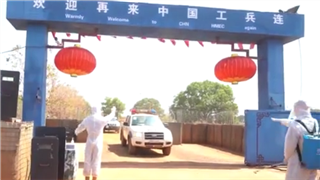
Over the past year, the number of visitors to scenic spots has declined as a result of regulations designed to reduce the risk of transmission of the novel coronavirus.
The Zunyi Meeting Site in Southwest China's Guizhou province is no exception. Famous for its significance in the history of the Communist Party of China, the site saw 2.61 million visits last year-half the number in 2019.
Despite that, Wang Zhili, deputy curator of the site's museum, said last year was his "busiest ever".
Since June, the museum's infrastructure has been improved and some new facilities have been built.
"The museum will be a crucial part of the Long March National Cultural Park, the first of its kind in China. By the end of this year, the site will have a fantastic new look," he said.
Blueprint
In 2019, the government issued a blueprint for the construction of national cultural parks related to the Great Wall, the Beijing-Hangzhou Grand Canal and the Long March (1934-35). According to the document, issued by the general offices of the CPC Central Committee and the State Council, construction will be completed in 2023 with related cultural resources enjoying better protection, along with improved inheritance procedures and utilization.
Fifteen provinces are involved in the program, including Guizhou, Jiangxi and Fujian (both in East China), and Shaanxi and Gansu in the Northwest.
Zunyi, in the north of Guizhou, will be an essential area in the construction of the province's section of the Long March park.
In 1935, the city, 170 kilometers north of Guiyang, the provincial capital, was the site of a pivotal meeting during the Long March.
In January 1935, an expanded meeting of the Political Bureau of the CPC Central Committee was held in Zunyi. It focused on rectifying errors in military and organizational affairs and established a new leadership of the Central Committee, as represented by Mao Zedong.











